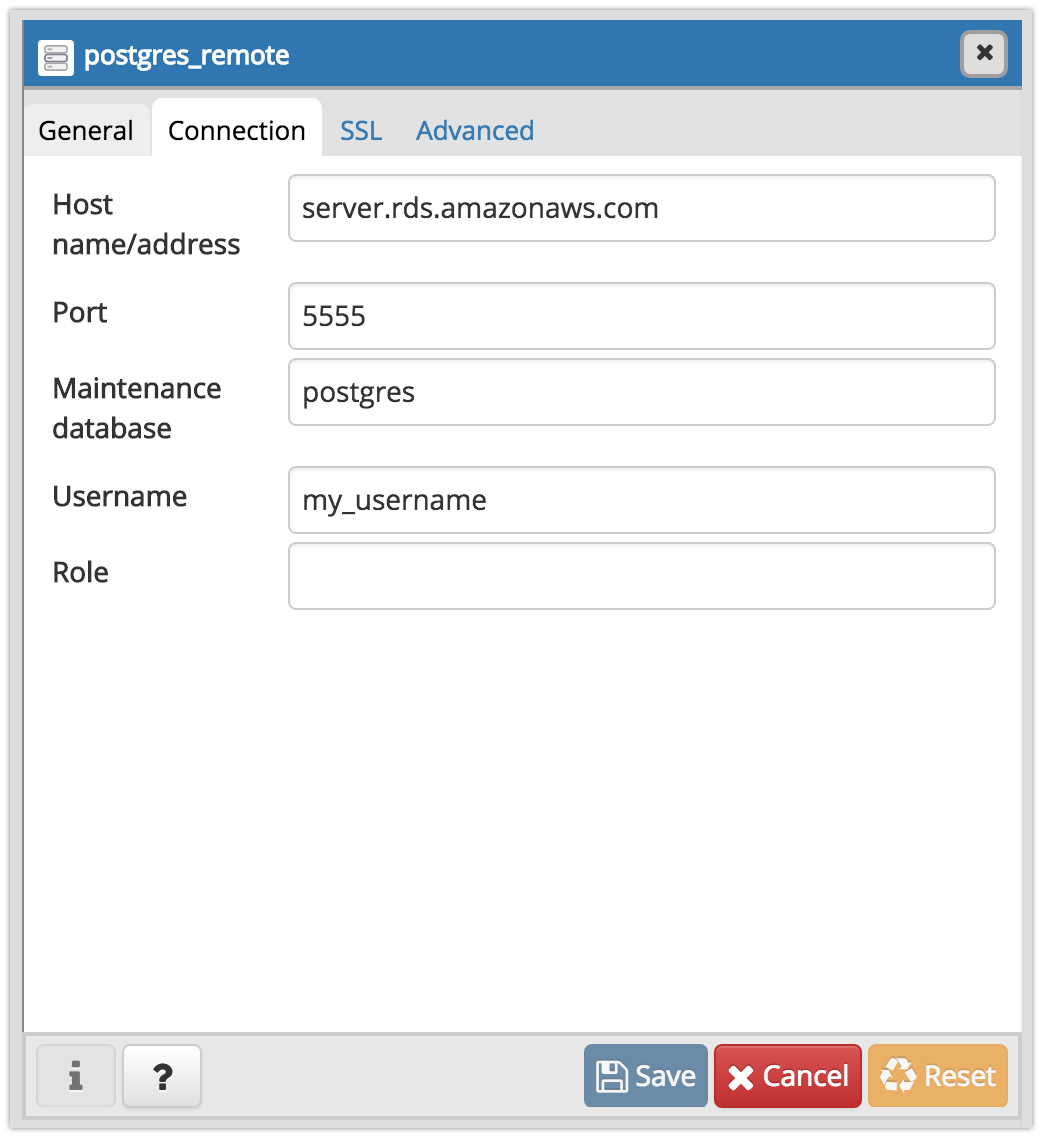

To me, the only problem was the IntelliJ was incapable of resolving the hostname for the ssh bastion server, and that was because of the poor support of IntelliJ to read from the SSH configs. The setup for IntelliJ is very easy, actually, as shown in the recipe. Private key file: ~/.ssh/id_rsa In the General tab: So, in order to succeed with this configuration, I had to first add the host to /etc/hosts as in the following: Īnd finally, I could configure the access to the database with the following configurations, by creating a new DataSource for MySQL and specifying the following (I am using ssh private/public keys to connect to ssh, so I show a config based on that): In the SSH/SSL tab: user's configuration file ( /.ssh/config) system-wide configuration file ( /etc/ssh/sshconfig) For each parameter, the first obtained value will be used. This was exactly the case for me, as the host was configured in ~/.ssh/config, similarly to: Host obtains configuration data from the following sources in the following order: command-line options.

After some search, it seems like IntelliJ does not have support for reading the ssh configs that you may have on your system.

Use the credentials that you’ve set up for your Raspberry Pi. Then use the gear icon to add an SSH remote interpreter. Go to File Create New Project, and choose Pure Python (we’ll add Flask later, so you could choose Flask here as well if you’d prefer). However, when configuring the host in my IntelliJ, I always got an error saying that the server could not be resolved. Let’s connect P圜harm to the Raspberry Pi. Which allowed me to open the SSH tunnel and, after that, I just had to connect to the database similarly to: $> mysql -u -p -protocol=tcp -port=5306 -hlocalhost Recently, I wanted to use my IntelliJ to connect to a database that must be accessed through ssh tunnel with a command similar to the following: $> ssh -L5306::3306 To run the codebase remotely, select Tools > Start SSH Session.Goal Configure IntelliJ to connect to a MySQL database through an SSH tunnel Description It launches JetBrains Client, which is a thin client that enables you to work with your remote project. This allows you to synchronize the changes on both sides. JetBrains Gateway is used as an entry point to connect to a remote server via SSH. Tips: If you makes changes in both your local machine and VM, select Deployment > Sync with Deployed to. The codebase should be copied to the location you specified. ngrok is a reverse proxy that creates a secure tunnel between from a public endpoint to a locally running web service. To deploy codebase to the VM, right click on the directory, select Deployment > Upload to. Pushing Codebase from IntelliJ IDEA to VM (File>Setting>Projet>project interpreter>click on small wheel button>add remote. And then in the remote interpreter configuration. Here server C is the target machine and server B the gate machine.
Under Remote Host panel, you can now browse and access the files in your VM remotely. When you are on A and want to connect to server C through server B: ssh -L 6000:Under Mappings tab, click on the folder icon and specify a location to deploy the codebase to. Under Deployment dialog, select Mappings tab.
#Pycharm ssh tunnel keygen#
WARNING: SSH keygen will be executed to generate a key.Įnter passphrase (empty for no passphrase): WARNING: You do not have an SSH key for gcloud. WARNING: The public SSH key file for gcloud does not exist. WARNING: The private SSH key file for gcloud does not exist.


 0 kommentar(er)
0 kommentar(er)
